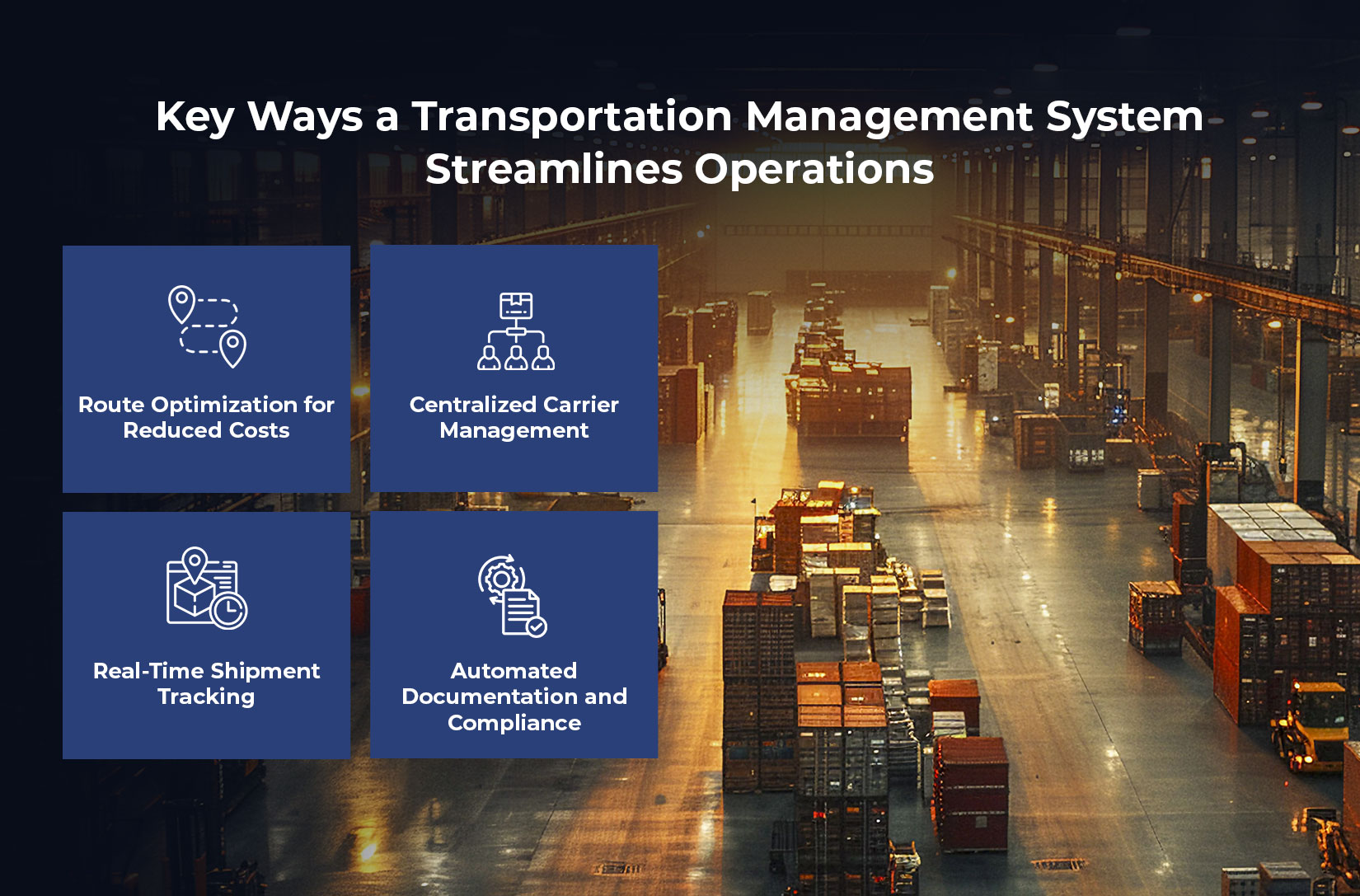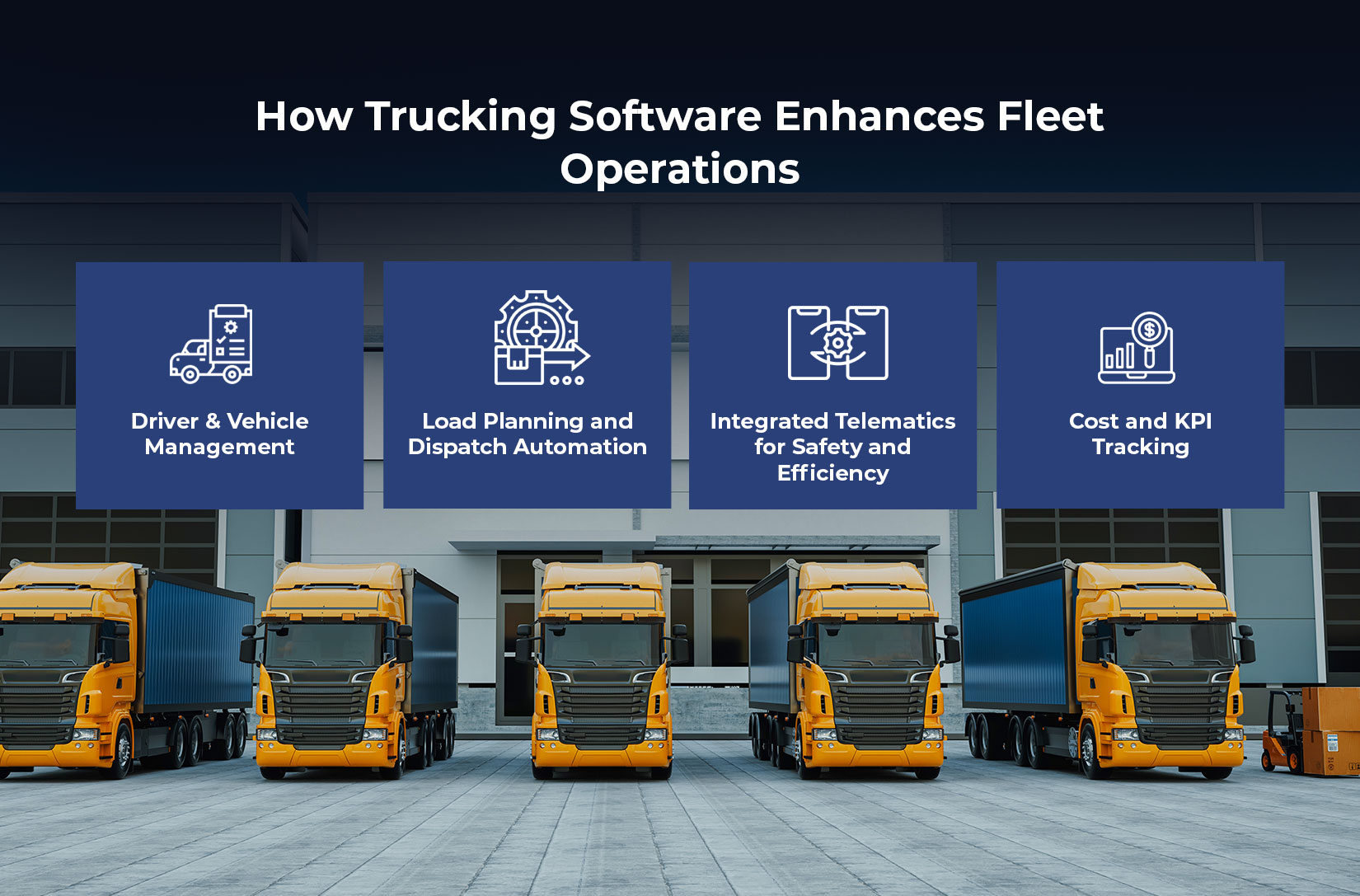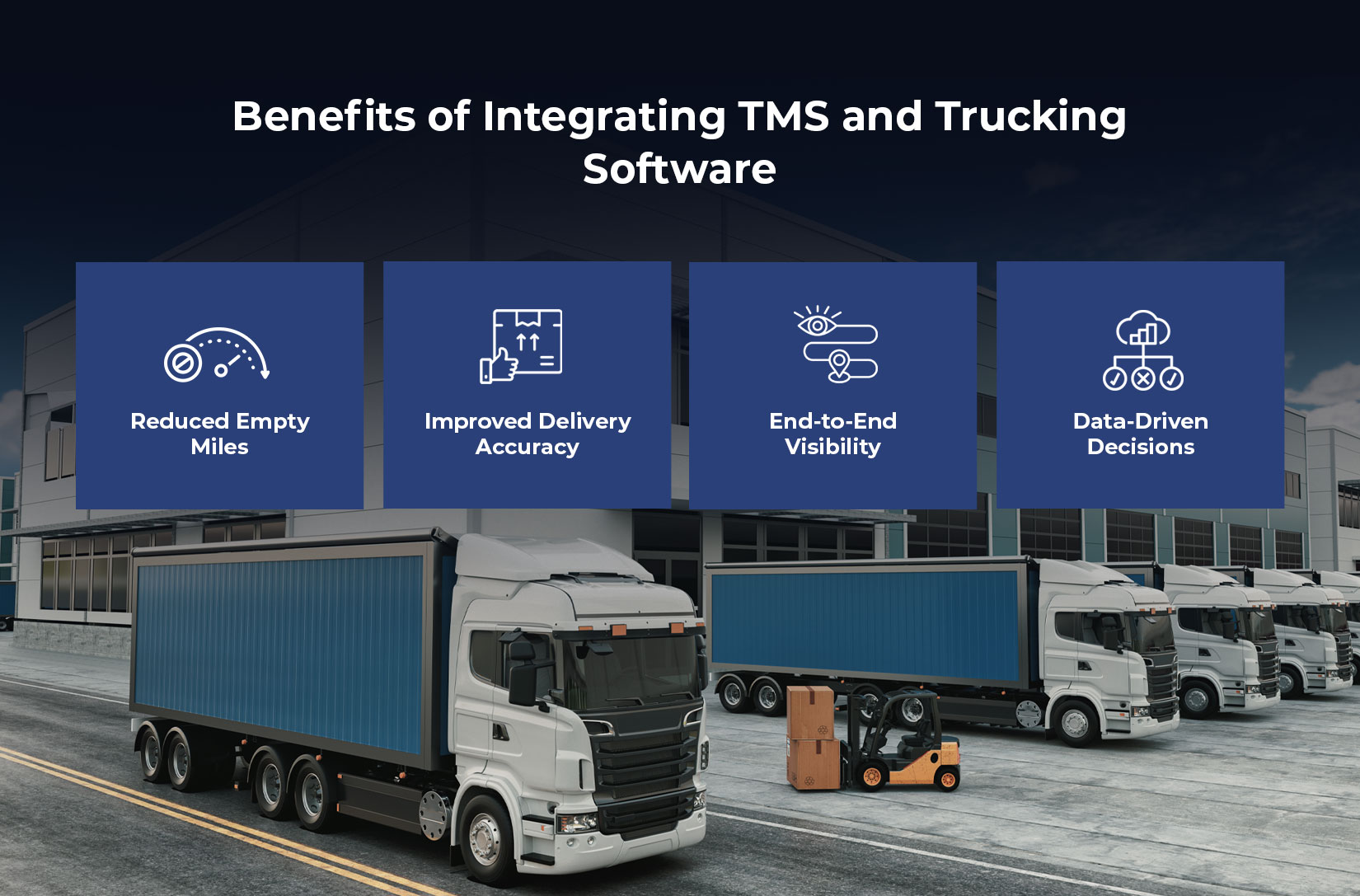
Route. Track. Deliver. How TMS and Trucking Software Streamline Logistics
Supply chain environment today is fast-paced where speed, precision and visibility are non-negotiable. As customer expectations are increasing and the delivery timings are shrinking, logistics operations need more than manual spreadsheets to survive. This is where a Transportation Management System (TMS) and Trucking Software come into play. Working in unity to smoothen the operations, cut costs and boost efficiency.
What is a Transportation Management System?
A transportation management system (TMS) is a digital platform that helps businesses plan, execute and optimize the physical moment of goods. A TMS acts as the control tower of logistics. From choosing the best carrier to real-time tracking of any shipment.
As per a report by Allied Market Research, the global TMS market is expected to reach $17.45 Billion by 2030 from $6.85 Billion in 2020. It is growing at a rate of 10.2%. This growth shows the increase in demand for smarter, tech-driven logistics.
The Power Duo: TMS + Trucking Software
Transportation software focuses on the broader transportation network of planning, optimizing and tracking shipments. However, trucking software takes a deep dive into the day-to-day operations. It helps in managing fleets, assigns drivers, schedule routes and monitors compliance. This ensures that every mile on the road is accounted for and optimized.
TMS is the strategic brain behind a logistics operations, while trucking software acts as the muscle of the operation. Together, they create a logistics system which is powerful, end-to-end and which can boost efficiency, reduce costs and improve service quality.
Key Ways a Transportation Management System Streamlines Operations

1. Route Operations for Reduced Costs:
Transportation is not just about delivering goods from one place to another. Its also about getting these fast, safely and economically. The software uses real-time data and algorithms to find the most effective routes.
A report by American Transportation Research Institute, says fuel costs around 40-50% of the fleet’s total expense. Smart routing can reduce this expense to mere 15%, significantly saving money for the business.
2. Centralized Carrier Management:
Its difficult to judge multiple carriers. A TMS has the ability to centralize all the carrier contracts, rates and performance data. It helps businesses to choose the best-fit carrier based on price, service level and track record. Thus, making carrier selection not a bet, but more of a strategy.
3. Real-Time Shipment Tracking:
The customers today don’t just want fast delivery, they also want visibility. A TMS is able to provide real-time tracking, due to this both shippers and customers know exactly where a shipment is at any given moment.
This also helps in proactive issue resolution. If a truck breaks down or there is traffic on the road, its better to already be on Plan B, rather than waiting for the customer to complain.
4. Automated Documentation and Compliance:
The best transportation management system is able to auto-generate important documents like bills of lading, invoices and customs paperwork. Built-in compliance features also help to meet regulations of a particular region and also to avoid penalties, this is specially important in cross-border regions.
How Trucking Software Enhances Fleet Operations

1. Driver & Vehicle Management:
Trucking software enables fleet managers to assign drivers, track working hours and monitor driving behavior. Vehicles are helped, as the software automates service schedules, inspections and maintenance. This keeps the fleet healthy and compliant.
2. Load Planning and Dispatch Automation:
The software empowers smart load planning by incorporating truck capacity, delivery location and deadlines. It also allows to automate dispatching, reduce human error and boost delivery accuracy. Thus, reducing the need of manual dispatching and last-minute scrambling.
3. Integrated Telematics for Safety and Efficiency:
Many of the platforms come integrated with GPS, ELDs ( Electronic Logging Devices) and sensors. All of these tools help in monitoring speed, braking, fuel usage and more. This leads to optimum fuel usage. safer driving and data that can used to coach drivers.
4. Cost and KPI Tracking:
A good trucking software is not just about operations, its also about accountability. With the software a business can track the cost-per-mile usage, performance of the driver and other KPIs to continuously improve operations.
Benefits of Integrating TMS and Trucking Software

When the transportation management software is integrated with the trucking software, the data flow is seamless and in real-time. Here’s what it means for the business:
1. Reduced Empty Miles:
A system which is integrated will enable for a better load matching to minimize empty return trips. Trucks spend less time on the road without cargo, save fuel and maximize fleet utilization. This is done by coordinating incoming and outgoing shipments.
2. Improved Delivery Accuracy:
Real-time vehicle location feeds back into the TMS for updated ETA predictions and customer notifications. This ensures timely communication, fewer missed time windows, and a smoother delivery experience.
3. End-to-End Visibility:
From the warehouse to the customer’s doorstep, you know what’s happening at every stage. This transparency helps build trust and improves issue resolution.
4. Data-Driven Decisions:
Historical and real-time data helps identify bottlenecks, inefficiencies, and opportunities for savings. By analyzing this data, logistics teams can continuously fine-tune operations, optimize costs, and improve service levels.
Real-World Example: How TMS Helped Reduce Costs
Let’s consider a mid-sized 3PL provider that implemented a cloud-based transportation management solution alongside their existing trucking software. Within six months, they reported:
A 22% reduction in fuel costs due to optimized routing
Thanks to dynamic route optimization and real-time traffic data, the provider cut unnecessary mileage and idling time, resulting in significant fuel savings.
A 15% increase in on-time deliveries
Automated dispatching and better route planning ensured more accurate ETAs and fewer delays.
A 30% drop in manual errors in documentation and billing
Digital workflows replaced paper-based processes, improving accuracy across the board.
Improved driver satisfaction due to balanced scheduling
Smarter load assignments helped reduce driver fatigue and last-minute reroutes.
Conclusion
A transportation management system and trucking software are no longer “nice to have”- they’re mission-critical tools for modern logistics. From cost control and customer satisfaction to regulatory compliance and fleet health- these technologies offer a streamlined, automated, and data-powered approach to moving goods efficiently.
In a world where the margin for error is razor-thin and the competition is cutthroat, investing in the best transportation management system and robust trucking tools isn’t just a smart move- it’s survival strategy 101.
If you’re still using spreadsheets and post-its to run your fleet, it’s time to upgrade. Your competitors already have. So, click on the red button below and book a demo with LogiNext Solutions today.
35







@LogiNext